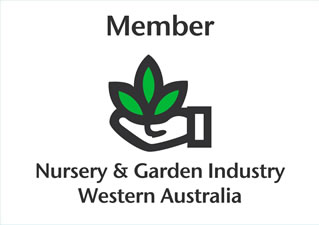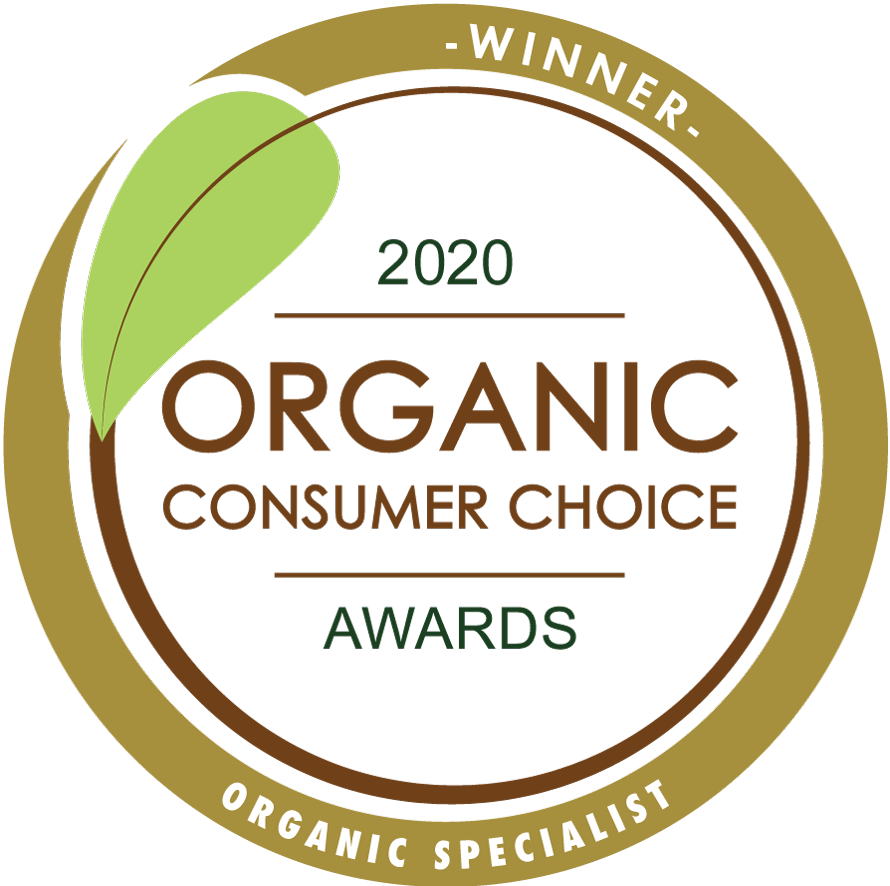| item(s), Total: $0.00 View Cart |
| Shopping cart is empty. |
|
 | 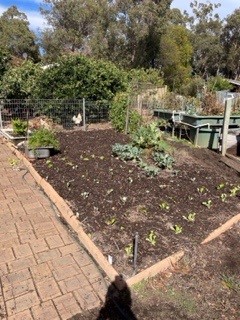 |
Retailer Update
Please support your local independent retailer who supports us! The specialist retailers listed here will be happy to give you gardening advice and help you with our products - please call to check what lines they carry as they can't stock all of our products (but may be willing to get stock in for a custom order - if you ask nicely!). Some of these fabulous retailers also offer a home delivery service (marked with *) - so why not go local? (Please contact the store directly for details.)
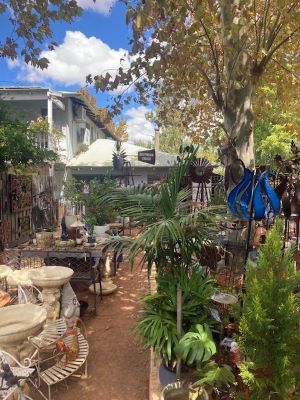 Bar Botanik - North Perth 9227 6758 (Indoor Potting Mix & Aroid Mix only)
Bar Botanik - North Perth 9227 6758 (Indoor Potting Mix & Aroid Mix only)
Daisy Field Organics - Fremantle 0450 793 720
Garden Elegance - Subiaco 9381 2197
Guildford Town Garden Centre* - Guildford 9279 8645
Harbour Plants*- South Fremantle 0439 967 034
Hydroponics Guru (Living Soil only) - Wangara 0430527575
Kambarang Garden Centre* - Bentley 9458 5944
Lighthouse Fruit Tree Nursery - Parkwood 0411 166 034
Miaflora - Inglewood 9343 6334
Newstead Outdoors* - Greenwood 9334 6334
Nibali Stockfeed* - Hamilton Hill 9433 2211
Richo's 4 Hydro - Joondalup 9301 4462
Stanbee Stockfeeds* - Barragup 9581 2390
Supreme Plants - West Swan 0499 887 275
Swan Valley Station - Swan Valley 0427 371 001(pictured above)
Tass1 Trees - Middle Swan 0419 988 344
Urban Revolution* - Victoria Park 6102 1068
Utopia Nursery - Bullsbrook 0455 659 622
Waldecks Kingsley* - 9309 5088
Waldecks Melville* - 6317 0939
Waldecks Stirling* - 9254 6730
Zanthorrea Nursery - Maida Vale 9454 6260
All Things Stock (Muchea) 0480 740 638
Ardess Nursery (Albany) 9842 9952
Australind Landscaping Supplies 9796 1720
Boyup Brook Co-op (Boyup Brook) 9765 1001
Extracts Landscaping Supplies (Toodyay) 0417 202 718
Great Northern Rural Services (Geraldton) 9964 1274
Handy Hands Nursery (Karratha) 9413 1801
Hillview Garden Centre (Bridgetown) 9761 1672
Margaret River - Nutrient Ag Solutions 9758 7677 (Premium Potting Mix & Compost)
Mitre 10 Margaret River 9757 2455 (Square Foot Mix & Veg Concentrate)
Naturaliste Landscape Supplies (Busselton) 9754 8081
Soils Ain't Soils (Busselton & Dunsborough) 97515 322

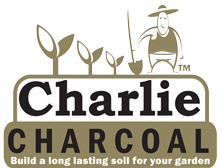

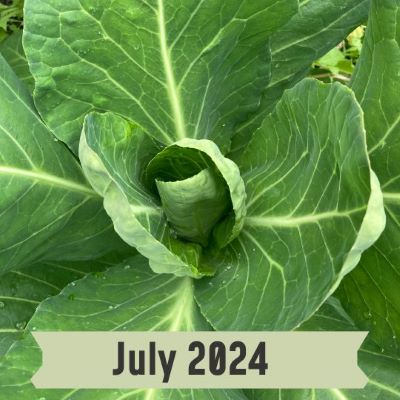 Hello, and welcome to July!
Hello, and welcome to July!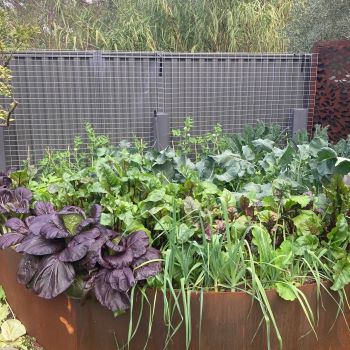 It goes to show that a garden doesn't have to be large to be productive. If you'd like to experience the difference of freshly picked vegies from YOUR garden, come in and see us - we can get you growing!
It goes to show that a garden doesn't have to be large to be productive. If you'd like to experience the difference of freshly picked vegies from YOUR garden, come in and see us - we can get you growing!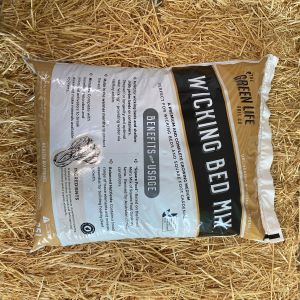 Many customers will be familiar with our Square Foot Gardening Mix - this is a special potting mix developed along the lines of "Mel's Mix" - from the Mel Bartholemew's 'Square Foot Gardening' methodology, adapted slightly for our local conditions. (If you're not familiar with Square Foot Gardening - see our free downloadable guide here!). Basically, Square Foot Gardening is an intensive food growing system in a shallow depth garden. Our Square Foot Gardening Mix (SQFM) has been very successful with people setting up wicking bed gardening kits - like Vegepods, Foodcubes, and Greensmart planters and other self watering pots. Many customers have also used the mix in home made IBC's or larger wicking bed systems - or, simply have used it as an alternative potting mix.
Many customers will be familiar with our Square Foot Gardening Mix - this is a special potting mix developed along the lines of "Mel's Mix" - from the Mel Bartholemew's 'Square Foot Gardening' methodology, adapted slightly for our local conditions. (If you're not familiar with Square Foot Gardening - see our free downloadable guide here!). Basically, Square Foot Gardening is an intensive food growing system in a shallow depth garden. Our Square Foot Gardening Mix (SQFM) has been very successful with people setting up wicking bed gardening kits - like Vegepods, Foodcubes, and Greensmart planters and other self watering pots. Many customers have also used the mix in home made IBC's or larger wicking bed systems - or, simply have used it as an alternative potting mix. .JPG) Plant your bare rooted fruit (or ornamental) trees. Nurseries have just been delivered their stock so go & have a chat to choose the best for your needs. Buying bare rooted trees is the most economical way to go - so now's the time to go shopping! Plant them into well prepared soil and they'll be off to a flying start once Spring comes along and they emerge from dormancy. See our
Plant your bare rooted fruit (or ornamental) trees. Nurseries have just been delivered their stock so go & have a chat to choose the best for your needs. Buying bare rooted trees is the most economical way to go - so now's the time to go shopping! Plant them into well prepared soil and they'll be off to a flying start once Spring comes along and they emerge from dormancy. See our  Watch for yellowing on your citrus trees. It's very common in Perth and usually is nothing to worry about; it tends to be seasonal in cold weather. Here's a link to our
Watch for yellowing on your citrus trees. It's very common in Perth and usually is nothing to worry about; it tends to be seasonal in cold weather. Here's a link to our 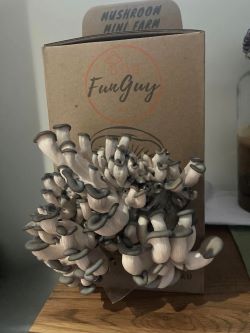 Get growing indoors. Don't let winter stop you from bringing out your green thumb! Grow some indoor plants, experiment with microgreens, or grab yourself a mushroom kit. They're highly productive and easy to use - a great school holiday project for the kids. We stock
Get growing indoors. Don't let winter stop you from bringing out your green thumb! Grow some indoor plants, experiment with microgreens, or grab yourself a mushroom kit. They're highly productive and easy to use - a great school holiday project for the kids. We stock 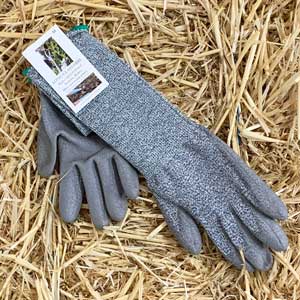 Pruning! Whether grape vines, fruit trees or roses - now's the time to get stuck in. Most plants are very forgiving of hacking back - but if you're concerned about doing it "right"- there's numerous articles & 'how to' videos out there - so do some reading or watching, take up the secateurs and pruning saw and give it a go! The trick is to keep fruiting trees a manageable height to net and pick from; and to open up trees, shrubs and roses to allow good airflow and light. Clean tools between plants to avoid spreading any nasties, and dispose of any infected plant material; but otherwise - mulch and compost it! Need gardening gloves? We've got our favourite
Pruning! Whether grape vines, fruit trees or roses - now's the time to get stuck in. Most plants are very forgiving of hacking back - but if you're concerned about doing it "right"- there's numerous articles & 'how to' videos out there - so do some reading or watching, take up the secateurs and pruning saw and give it a go! The trick is to keep fruiting trees a manageable height to net and pick from; and to open up trees, shrubs and roses to allow good airflow and light. Clean tools between plants to avoid spreading any nasties, and dispose of any infected plant material; but otherwise - mulch and compost it! Need gardening gloves? We've got our favourite 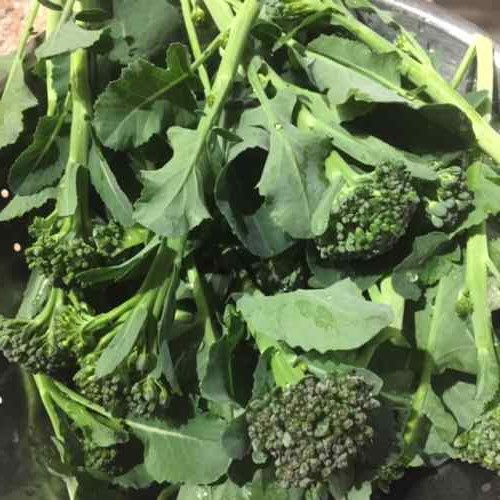 Artichokes (globe & Jerusalem* types), Asparagus, Beetroot, Broad Beans, Broccoli, Cabbage, Celery, Celeriac, Coriander, Endive, English Spinach, Kale, Kohl Rabi, Lettuce, Mint, Onion, Parsley, Peas, Potatoes, Radish, Rhubarb, Silverbeet, Snow Pea, Spring Onion, Strawberries, Turnip.
Artichokes (globe & Jerusalem* types), Asparagus, Beetroot, Broad Beans, Broccoli, Cabbage, Celery, Celeriac, Coriander, Endive, English Spinach, Kale, Kohl Rabi, Lettuce, Mint, Onion, Parsley, Peas, Potatoes, Radish, Rhubarb, Silverbeet, Snow Pea, Spring Onion, Strawberries, Turnip. In our climate, experiencing summers like we recently had; and with our native 'gutless' sand - trying to grow food crops which have a high need for water and nutrients can be frustrating.
In our climate, experiencing summers like we recently had; and with our native 'gutless' sand - trying to grow food crops which have a high need for water and nutrients can be frustrating.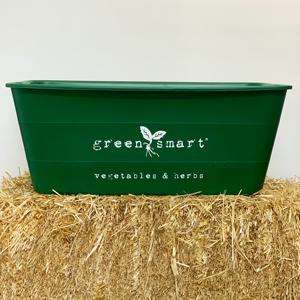 Wicking beds come in ready made kits - as simple as the Greensmart pots we sell, and Waterups mini wicking beds. There are larger kits in the market too - Vegepods and Foodcubes. Another Australian company producing wicking bed kits and accessories for them is WaterUps. (If you're making your own wicking bed from an IBC container, WaterUps now have a special wicking bed system made for IBCs which makes it SUPER easy! Contact Michael (WA distributor) from
Wicking beds come in ready made kits - as simple as the Greensmart pots we sell, and Waterups mini wicking beds. There are larger kits in the market too - Vegepods and Foodcubes. Another Australian company producing wicking bed kits and accessories for them is WaterUps. (If you're making your own wicking bed from an IBC container, WaterUps now have a special wicking bed system made for IBCs which makes it SUPER easy! Contact Michael (WA distributor) from 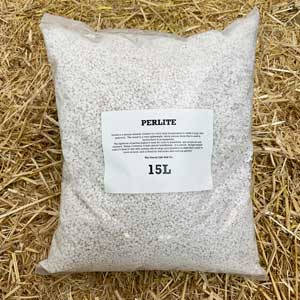 Some wicking bed manufacturers will recommend using perlite in your wicking beds. This comes down to personal choice and may be of benefit to open up soil structure if you're using a 'heavy' mix. With our soils, we don't feel its necessary. Perlite is an expensive material to use in large quantities. But as always with gardens - there's more than ONE way to go about things; so by all means use it if you think it will be of benefit. (Perlite is an inert mineral - naturally occurring as pyrite & heat treated which makes it expand [think of popcorn!]. The resulting lightweight mineral is porous and helps with water retention and holding air in the soil for roots - improving drainage at the same time. If you have a soil like a budget potting or vegetable mix, over time the organic material can break down and the fines can be a bit 'sludgy'- Perlite comes into its own here as it retains airspace in the soil so roots can breath. GLSC's mixes are made a bit differently, and things like Charlie Charcoal [biochar] in our mixes tend to retain the soil structure. Perlite is popular in hydroponics and used in plant propagation and certainly won't do any harm in a wicking bed! We do sell
Some wicking bed manufacturers will recommend using perlite in your wicking beds. This comes down to personal choice and may be of benefit to open up soil structure if you're using a 'heavy' mix. With our soils, we don't feel its necessary. Perlite is an expensive material to use in large quantities. But as always with gardens - there's more than ONE way to go about things; so by all means use it if you think it will be of benefit. (Perlite is an inert mineral - naturally occurring as pyrite & heat treated which makes it expand [think of popcorn!]. The resulting lightweight mineral is porous and helps with water retention and holding air in the soil for roots - improving drainage at the same time. If you have a soil like a budget potting or vegetable mix, over time the organic material can break down and the fines can be a bit 'sludgy'- Perlite comes into its own here as it retains airspace in the soil so roots can breath. GLSC's mixes are made a bit differently, and things like Charlie Charcoal [biochar] in our mixes tend to retain the soil structure. Perlite is popular in hydroponics and used in plant propagation and certainly won't do any harm in a wicking bed! We do sell 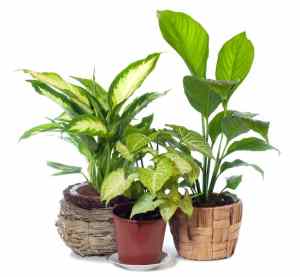 Our Perth winters are very mild by world standards - but let's face it. We can still be a bit wussy and like to avoid cold and rainy days. But how do you scratch the gardening itch if you can't go outside?
Our Perth winters are very mild by world standards - but let's face it. We can still be a bit wussy and like to avoid cold and rainy days. But how do you scratch the gardening itch if you can't go outside?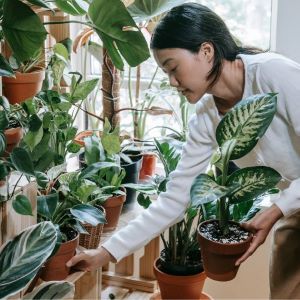 Psychological responses were assessed using the semantic differential method (SDM), capturing subjective feelings of comfort, calmness, and naturalness. Physiological evaluations included monitoring heart rate variability (specifically, low-frequency (LF) and high-frequency (HF) components) and blood pressure levels before and after each task.
Psychological responses were assessed using the semantic differential method (SDM), capturing subjective feelings of comfort, calmness, and naturalness. Physiological evaluations included monitoring heart rate variability (specifically, low-frequency (LF) and high-frequency (HF) components) and blood pressure levels before and after each task.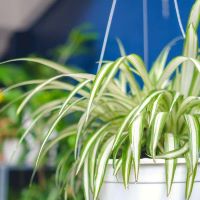 1. Spider Plant (Chlorophytum comosum)
1. Spider Plant (Chlorophytum comosum)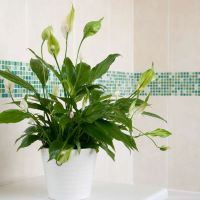 2. Peace Lily (Spathiphyllum)
2. Peace Lily (Spathiphyllum)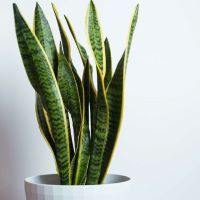 3. Snake Plant (Sansevieria trifasciata)
3. Snake Plant (Sansevieria trifasciata)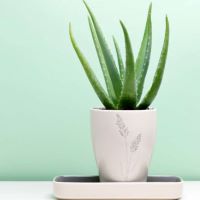 4. Aloe Vera (Aloe barbadensis)
4. Aloe Vera (Aloe barbadensis)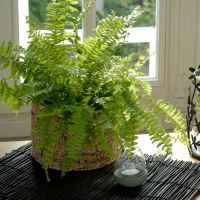 5. Boston Fern (Nephrolepis exaltata)
5. Boston Fern (Nephrolepis exaltata)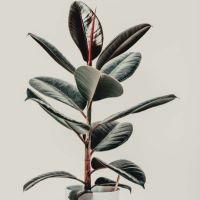 6. Rubber Plant (Ficus elastica)
6. Rubber Plant (Ficus elastica)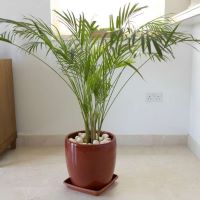 7. Bamboo Palm (Chamaedorea seifrizii)
7. Bamboo Palm (Chamaedorea seifrizii) 8. Dracaena (Dracaena spp.)
8. Dracaena (Dracaena spp.)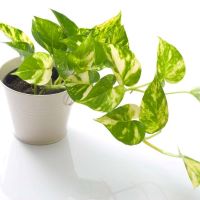 9. Golden Pothos (Epipremnum aureum)
9. Golden Pothos (Epipremnum aureum)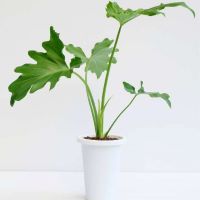 10. Philodendron (Philodendron spp.)
10. Philodendron (Philodendron spp.)












